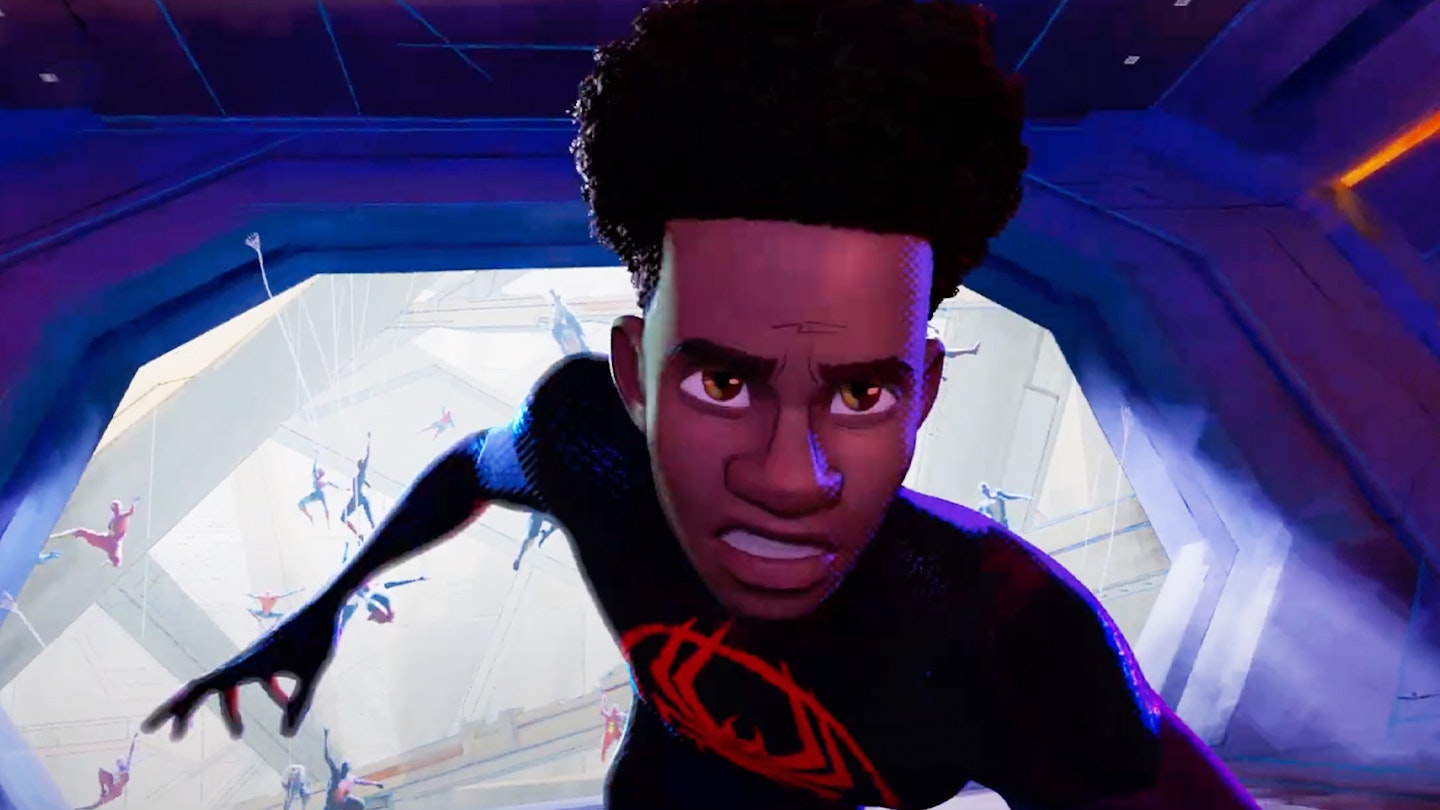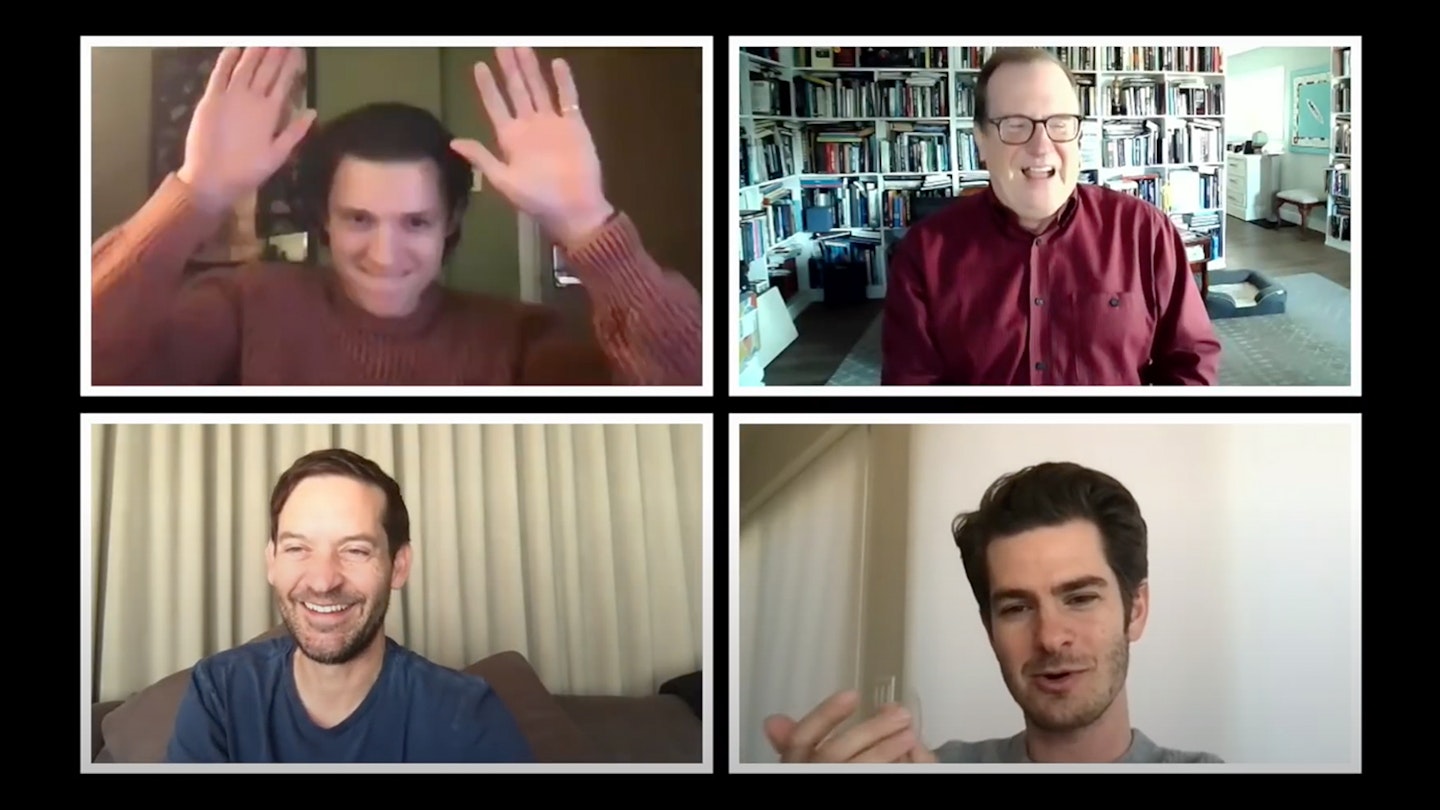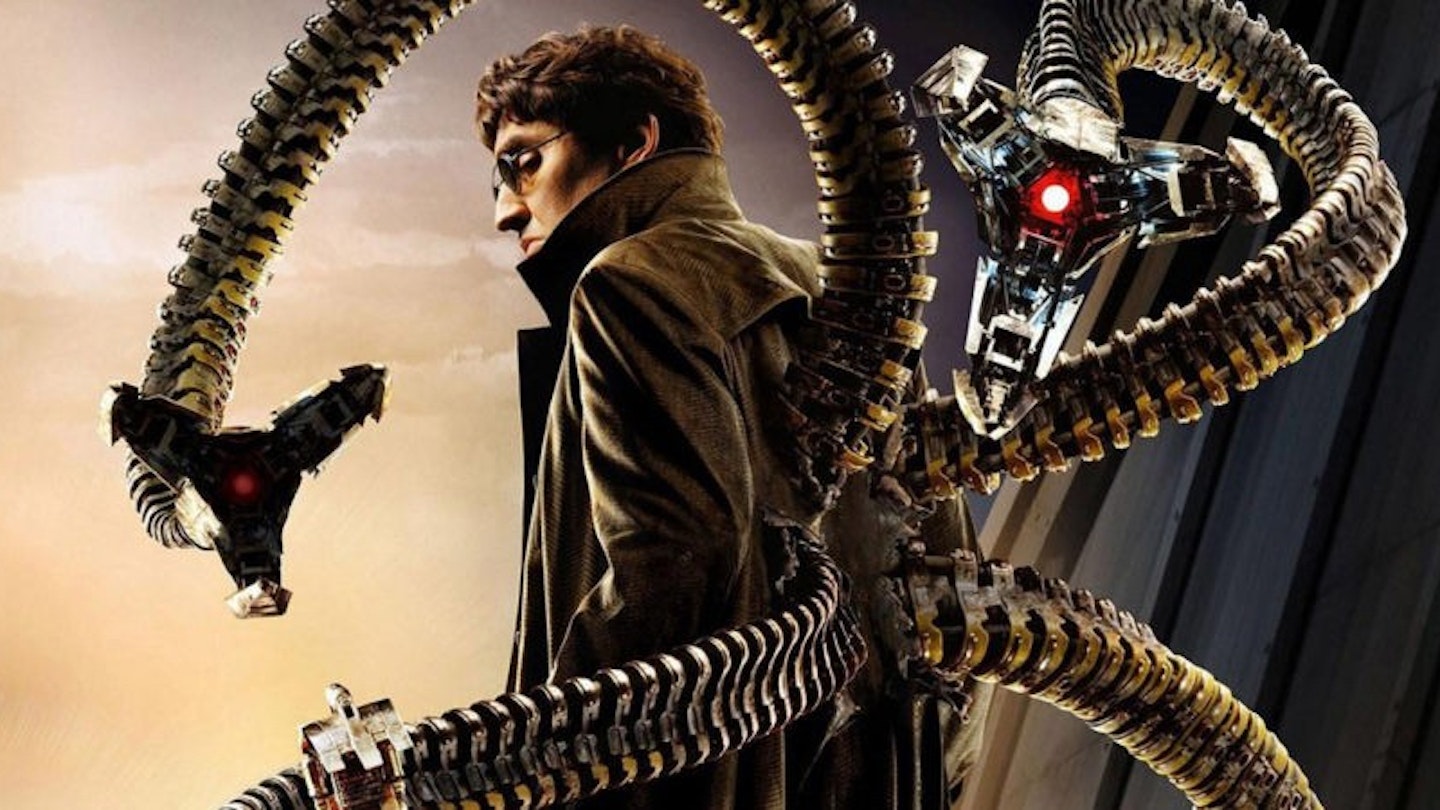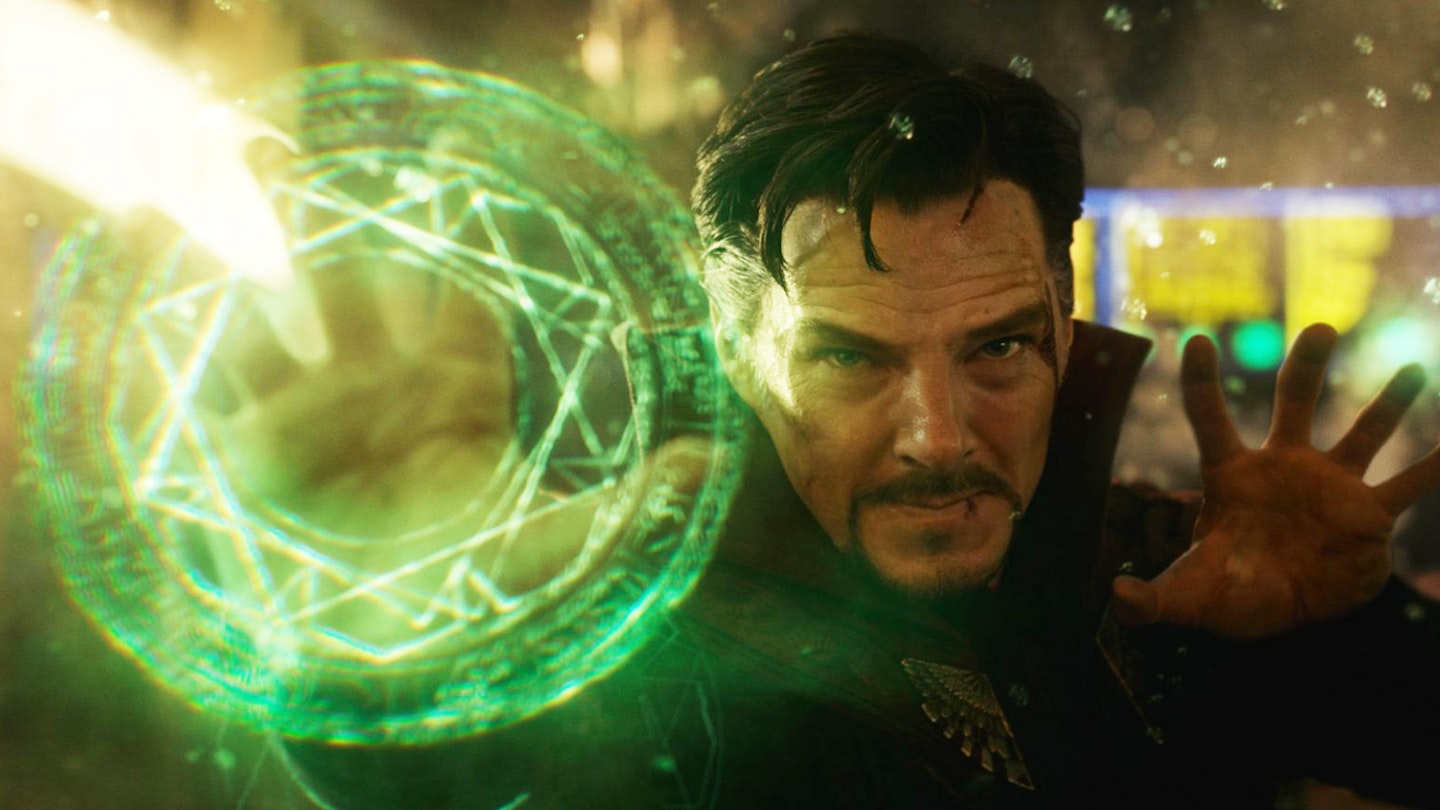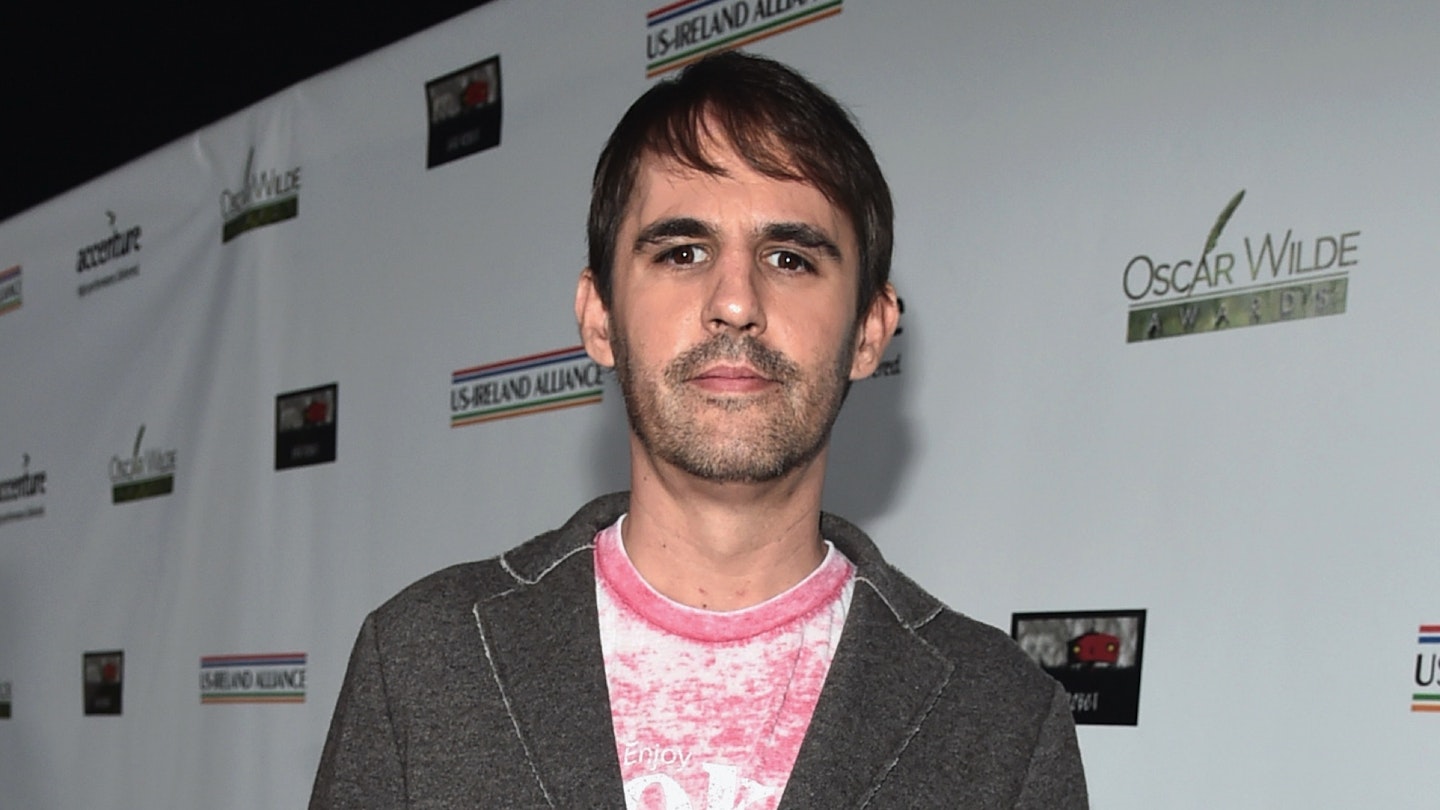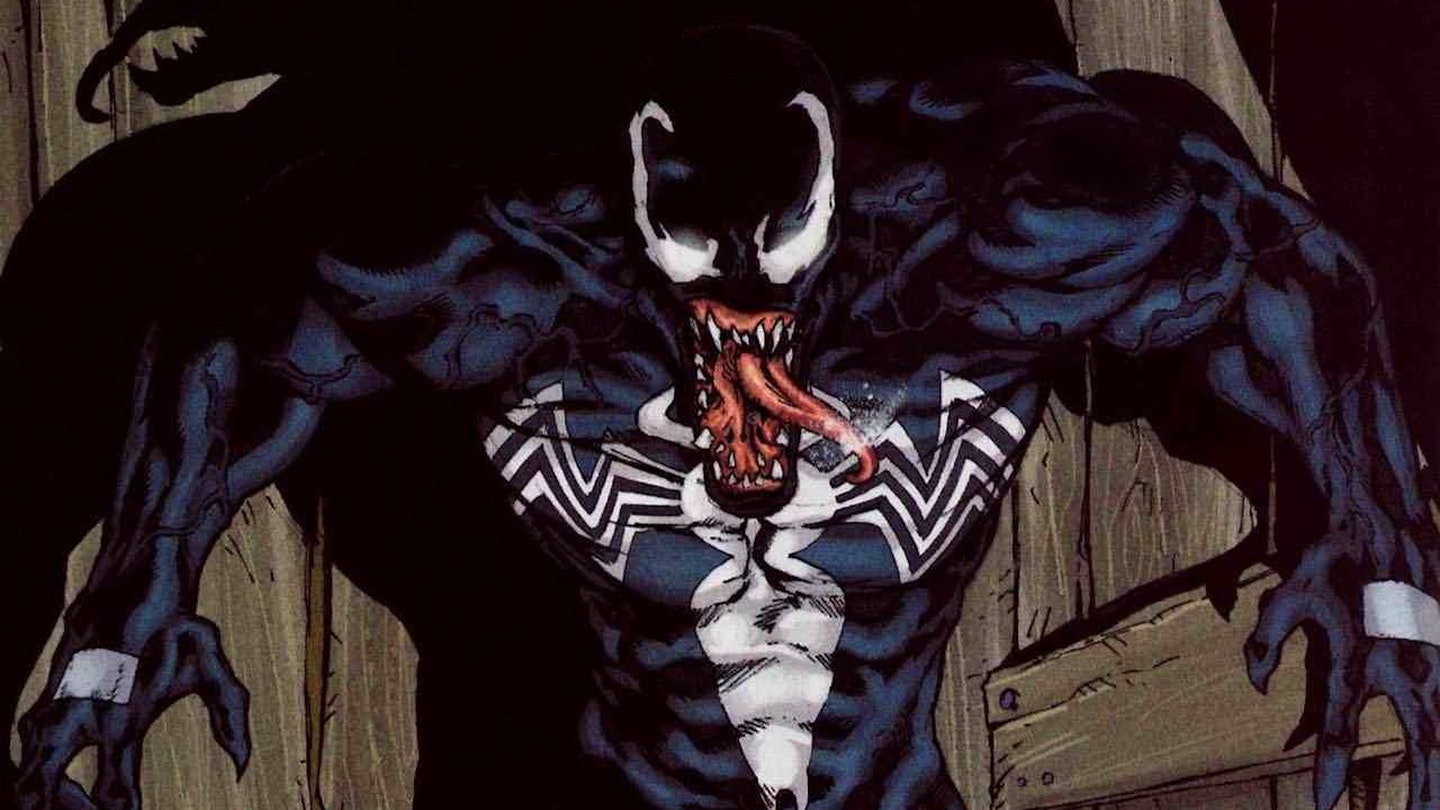Cynics suspected The Amazing Spider-Man hastily rebooted a franchise (which had stalled thanks to the compromised Spider-Man 3) mostly to retain the lucrative rights to a property which would otherwise revert to Marvel. Marc Webb confounded them by delivering a different take on the comic books with Andrew Garfield and Emma Stone as an engaging, funny couple. Ever since Stan Lee and Steve Ditko created the property, Spider-Man has straddled genres — sci-fi superheroics and grounded teen soap opera — and Webb’s cleverest move was to play the angst lightly and let the kids have fun.
Unhindered by any need to rehash bitten-by-a-radioactive-spider or guilt-over-the-dead-uncle issues, this allows the brush-haired Garfield and sweetly determined Stone to play out a far more nuanced and complex relationship. The strength of this series’ conception of Gwen, as opposed to the dangle-and-wait-for-rescue women of previous Spider-Movies, is that she insists on being an active participant in the heroics. This is now even thornier since Peter promised her dead dad (a glowering Denis Leary shows up as a ghostly rebuke) he’d keep her safe. Emma Stone is the Heath Ledger of this series, doing something unexpected with an easily dismissed supporting character. Awards voters somewhere must note that she’s made a love interest Marvel killed off in 1973 as relevant and potent as, say, Black Widow or Mystique — maybe more so in that Gwen’s only (not inconsiderable) superpowers are intelligence and kindness.
This follows the superhero first sequel pattern — as seen in everything from The Dark Knight to Captain America: The Winter Soldier and, indeed, Spider-Man 2 — of being longer, with more spectacular action, more complex character interplay, more confident effects (web-swinging in 3D works because buildings give a perspective which sells the process better than in flying scenes), and more flamboyant villains. Ultimately, it’s also much tougher on the hero to propel him into further adventures. A lesson has been learned in that a plot which seemed as if it could get into the tangle that undid Spider-Man 3 (too many damn villains) is paced much better, with overlapping origins for Electro and a Goblin of sorts so that action scenes build emotionally rather than simply go on and on.
If Jamie Foxx overplays his pre-Electro nerdiness, his increasingly alienated and demented super-threat serves to highlight the way Peter hasn’t become a monster despite the accumulated personal losses and resentments. Dane DeHaan makes Harry Osborn a fresh character, just this side of smarmy as he goes off the deep end — a super-villain who’s also a sickly 20-year-old capable of lying on a sofa crying when he doesn’t get his way. Paul Giamatti is also fun as bonus-round thug the Rhino.
After Man Of Steel, note the way the set-pieces emphasise that Spider-Man’s instinct during a monster rampage is to protect innocent bystanders before clobbering the bad guy. The little kid he saves from bullies is perhaps the most crucial walk-on in the series (even more than Stan Lee), figuring in a stirring last minute of stepping-up-to-the-plate heroism. The final third is tonally awkward, but big reveals will resonate into Amazing Spider-Man 3 — some controversial, but all powerfully played.

